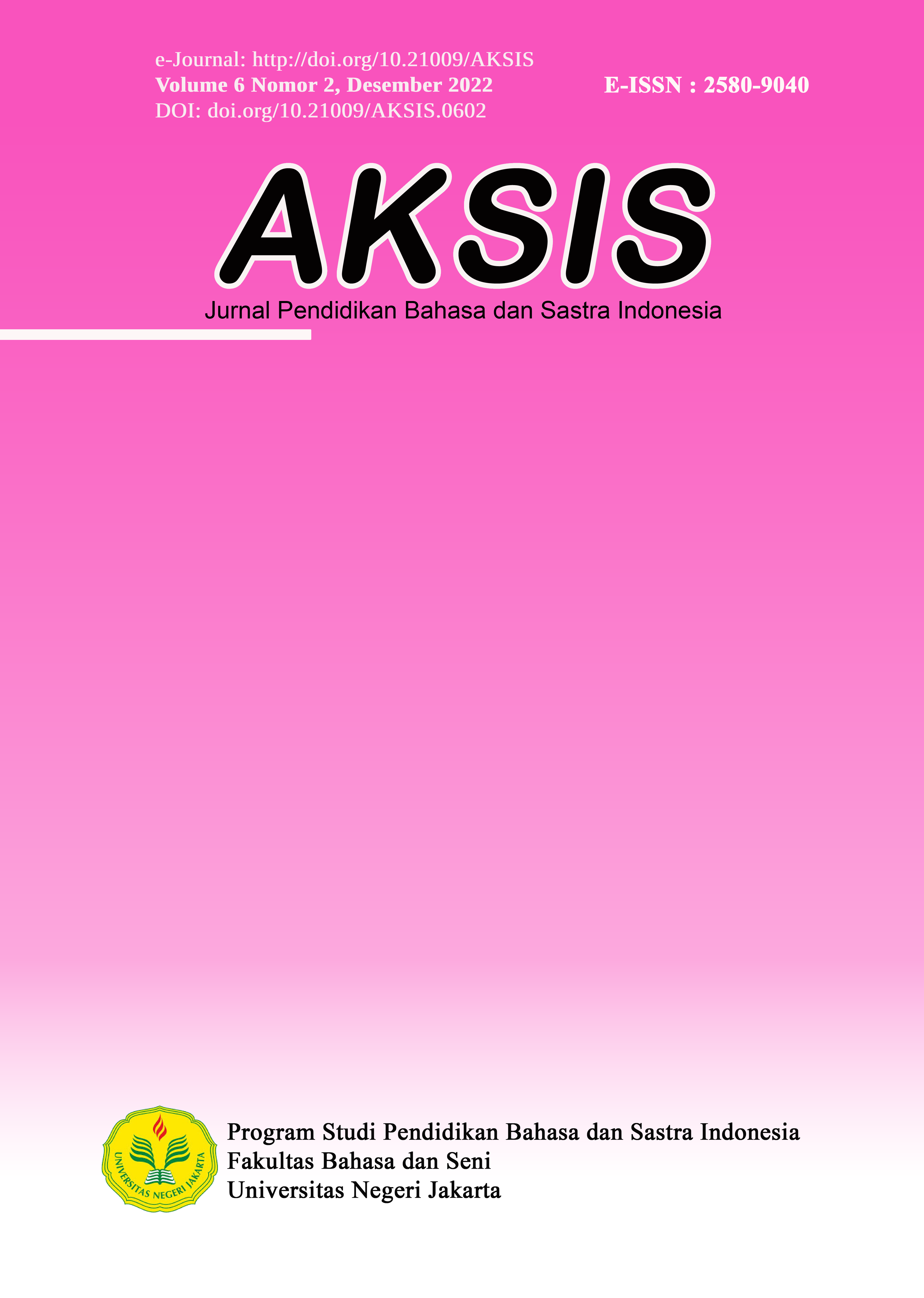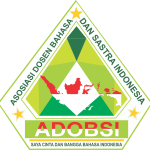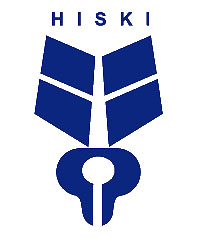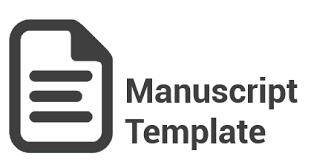Analysis of Single and Multiple Sentences in Education Rubric in Kompas Newspaper
DOI:
https://doi.org/10.21009/AKSIS.060202Keywords:
single sentence, compound sentence, educational rubric, Kompas newspaperAbstract
The purpose of this study is to describe single sentences and compound sentences in the education rubric of the Kompas newspaper. In this study a descriptive qualitative method was used which originated from the educational rubric of the Kompas newspaper October 27 ̶ 29 2022. The technology used to provide data is a tool that guides data analysis. The analysis technique of this research uses the process of collecting data using the listening method with note-taking techniques. In this study, apart from the analysis technique according to Moleong, there are four models, namely (1) data collection, (2) data reduction, (3) data presentation, and (4) conclusions. From the results of this study, researchers found several single sentences and compound sentences in the education rubric of the Kompas newspaper.
References
Astuti, S. B., & Retnosari, I. E. (2016). Tindak Tutur Dalamtalkshow Hitam Putih Di Trans 7. Edu-Kata, 3(2), 101–110.
Chaer, A. (2010). Pengantar Sosiolinguistik: Perkenalan Awal. Jakarta, Indonesia: PT. Rineka cipta.
Oktaviani, R., Ansoriyah, S., Purbarani, E., & Jakarta, U. N. (2022). Syllabus Development of Language Editing Courses Indonesia Based on Information and Communication Technology Integrated XXI Century. 6, 52–61.
Pratama, R. K., & Utomo, A. P. Y. (2020). Analisis Tindak Tutur Ekspresif Dalam Wacana Stand Up Comedy Indonesia Sesi 3 Babe Cabita Di Kompas Tv. Caraka, 6(2), 90. https://doi.org/10.30738/.v6i2.7841
Rijali, A. (2018). Analisis Data Kualitatif Ahmad Rijali UIN Antasari Banjarmasin. 17(33), 81–95.
Rustiati. (2013). Kalimat Majemuk Kompleks. 01, 140–151.
Sahara, A. I., Sianipar, Y. H., & Siregar, H. (2021). Indonesian Writing Error on the Placate in Medan City : An Analysis. 5, 458–468.
Suleman, J., & Islamiyah, E. P. N. (2018). Dampak Penggunaan Bahasa Gaul Di Kalangan Remaja Terhadap Bahasa Indonesia. Senasaba, 3, 153–158.
Suryaman, M. (2021). Arah Baru Pembelajaran Bahasa Indonesian di Era Pandemi dan Revolusi Industri 4.0.
Susetyo. (2019). Inovasi Pembelajaran di Era Revolusi Industri 4.0.
Syawal, S., & Helaluddin. (2018). Psikoanalisis Sigmund Freud dan Implikasinya dalam Pendidikan. Academia.Edu, March, 1–16.
Widiagustini, E. (2019). Kemampuan Membuat Kalimat Tunggal dan Kalimat Majemuk Setara oleh Siswa Kelas V SD. Jurnal Komunitas Bahasa, 7(1), 67–74.
Wirga, E. W. (2016). Content Analysis on Youtube Social Media to Support Political Campaign Strategies. Jurnal Ilmiah Informatika Dan Komputer, 21(100), 14–26.
Yuliani, wiwin. (2018). Metode Penelitian Deskriptif Kualitatif dalam Perspektif Bimbingan dan Konseling. Quanta, 2(1), 44–51. https://doi.org/10.22460/q.v1i1p1-10.497






